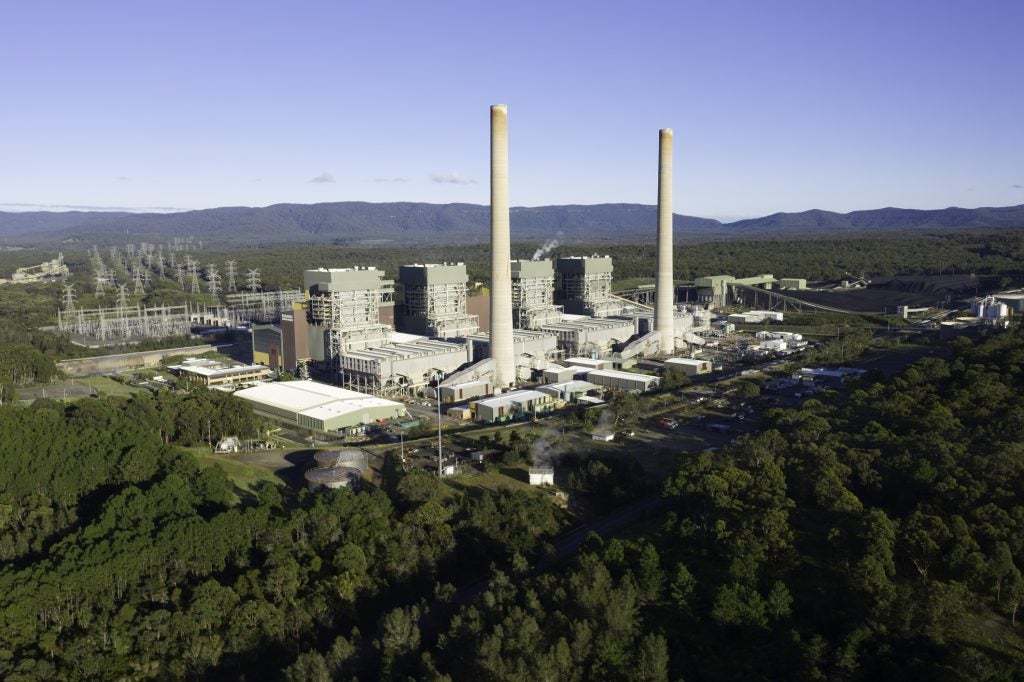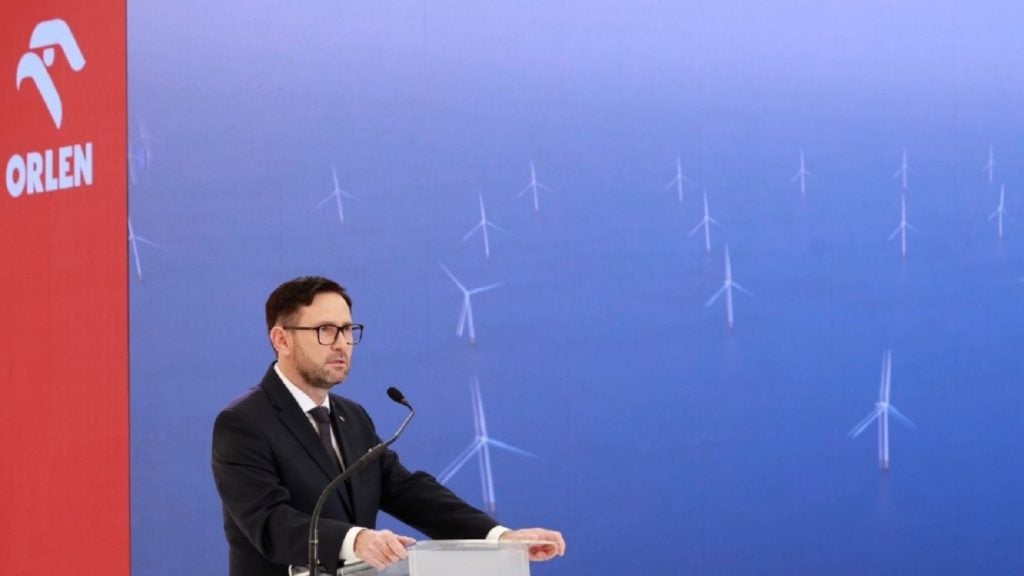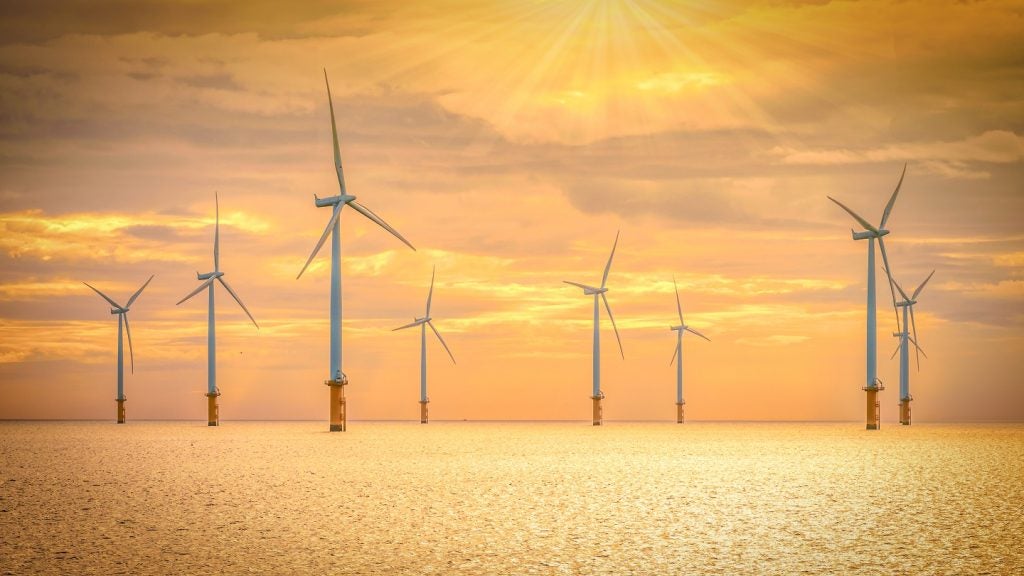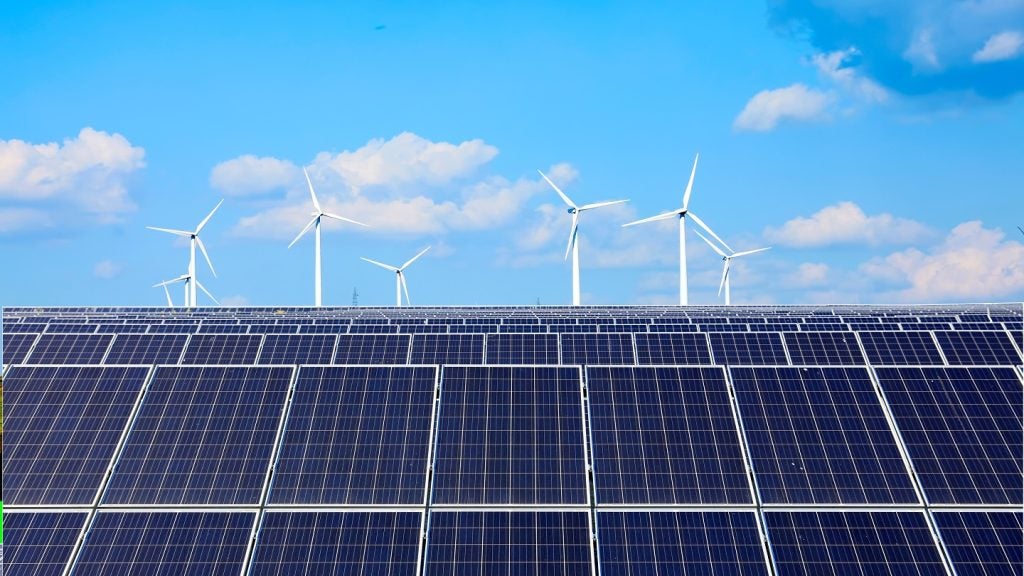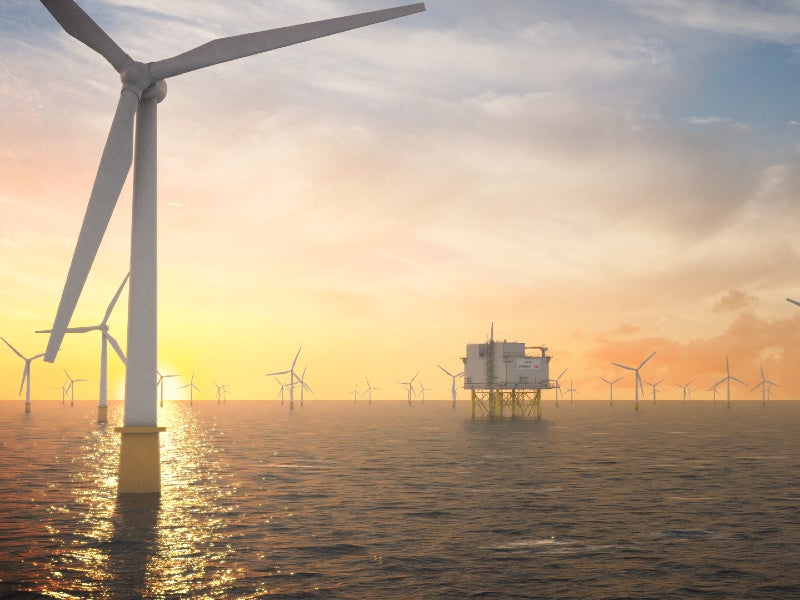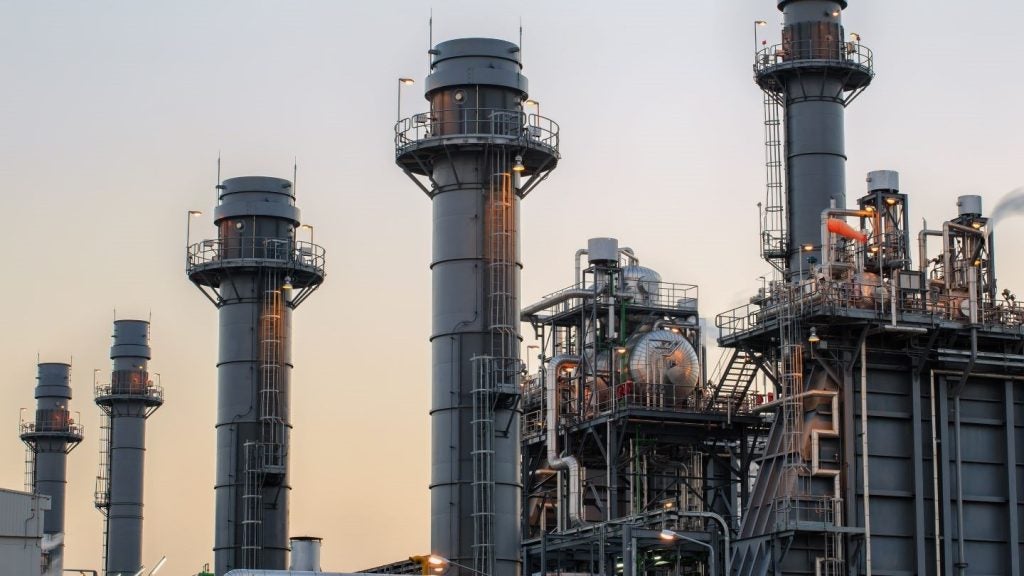New modelling from Australia’s Clean Energy Council shows the country will need to invest around $10bn a year in its renewable energy sector for the next ten years to keep up with the US and other competitors.
The Clean Energy Council, Australia’s renewable energy association, released its Power Playbook of 45 recommendations to the federal government on 9 October. The recommendations are designed to put Australia back on track to achieve 82% renewable capacity in its grid by 2030.
Unlike other economically strong countries, Australia currently generates 91% of its electricity from fossil fuels, 75% of which comes from coal as of June 2023. Its power generation system is also the second most coal-dependent in the OECD, behind Poland.
Clean Energy Council policy director for decarbonisation Anna Freeman said the country needs to “signal as quickly as possible that Australia intends to be a leader in clean energy and green commodities markets”.
As part of the report, the council recommends a ‘more targeted approach’ to the country’s clean energy investment strategy than the US, given the size and structure of its economy.
The Biden administration’s Inflation Reduction Act of 2022, which offers tax incentives to increase the take-up of zero-carbon technologies, is expected to initially cost $369bn. The cost for Australia, as estimated by the council, is $138bn, with the recommendation to commit $10bn a year for the next decade to build a clean energy transformation package.
In September, Mining Technology reported on Australia’s transition from a coal-based economy and why the efforts may be insufficient. In November 2021, the Australia Institute estimated that 72 new coal and 44 new oil and gas projects were under development. If these were all to operate successfully in the coming years, it would add 1.7 billion tonnes of CO₂ emissions annually, equivalent to 200 coal power stations. While the country is shifting to renewable energy, its current share of renewables in electricity generation is a mere 7%.
Independent researcher Climate Action Tracker (CAT) has granted Australia an overall “Insufficient” tag based on its targets, policies and climate finance.
In a statement issued after the release of the Power Playbook, Freeman added: “Australia needs to see a substantial increase in annual financial commitments in the order of 6 to 7GW of new large-scale renewable projects from 2024, and the installation of approximately 3.5GW of rooftop solar per year through to 2030, in order to achieve the Government’s target of 82 per cent by 2030.
“We will then need to keep powering ahead in renewable energy deployment if we are to realise our ambition to be a renewable energy superpower.”


